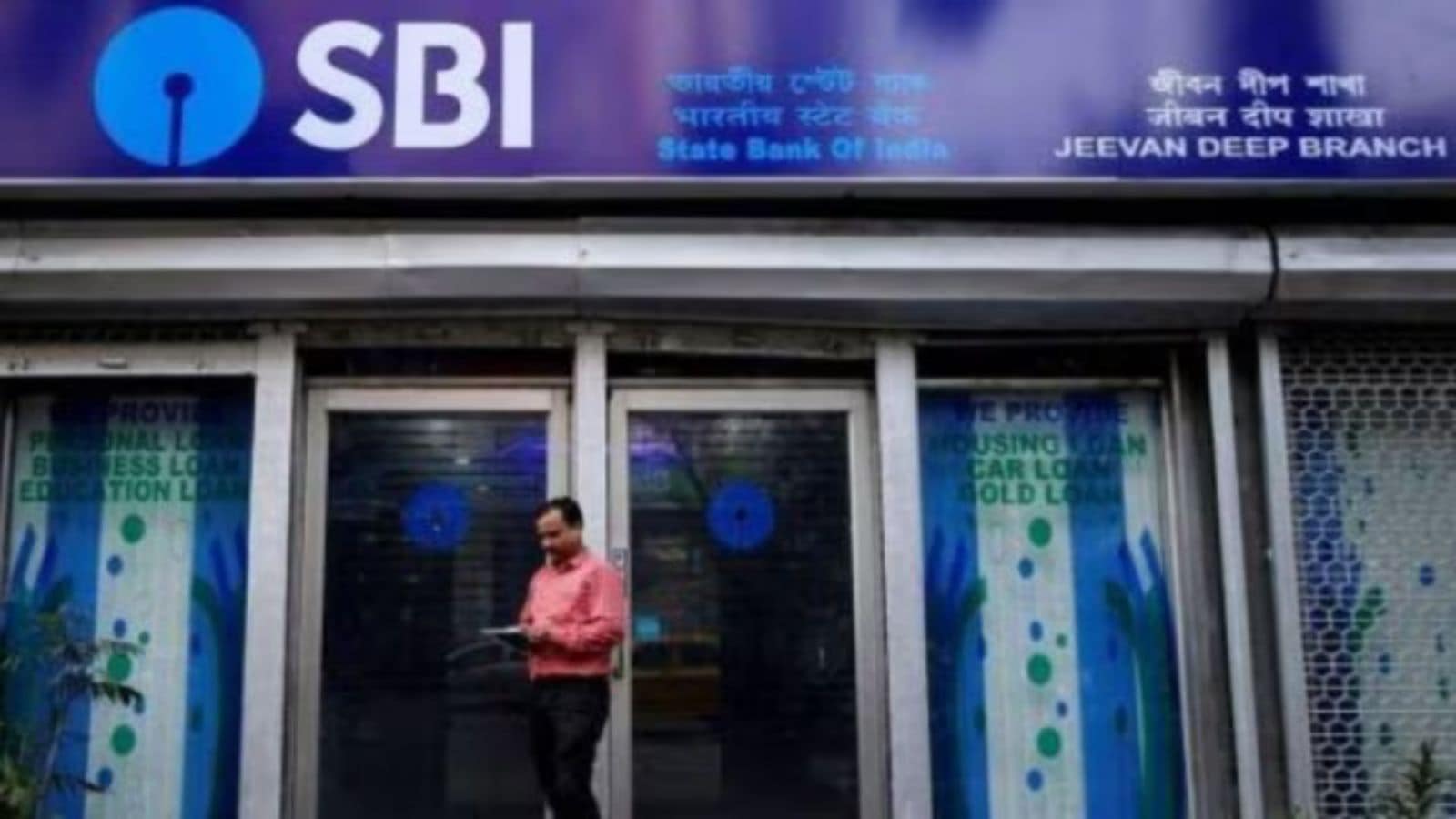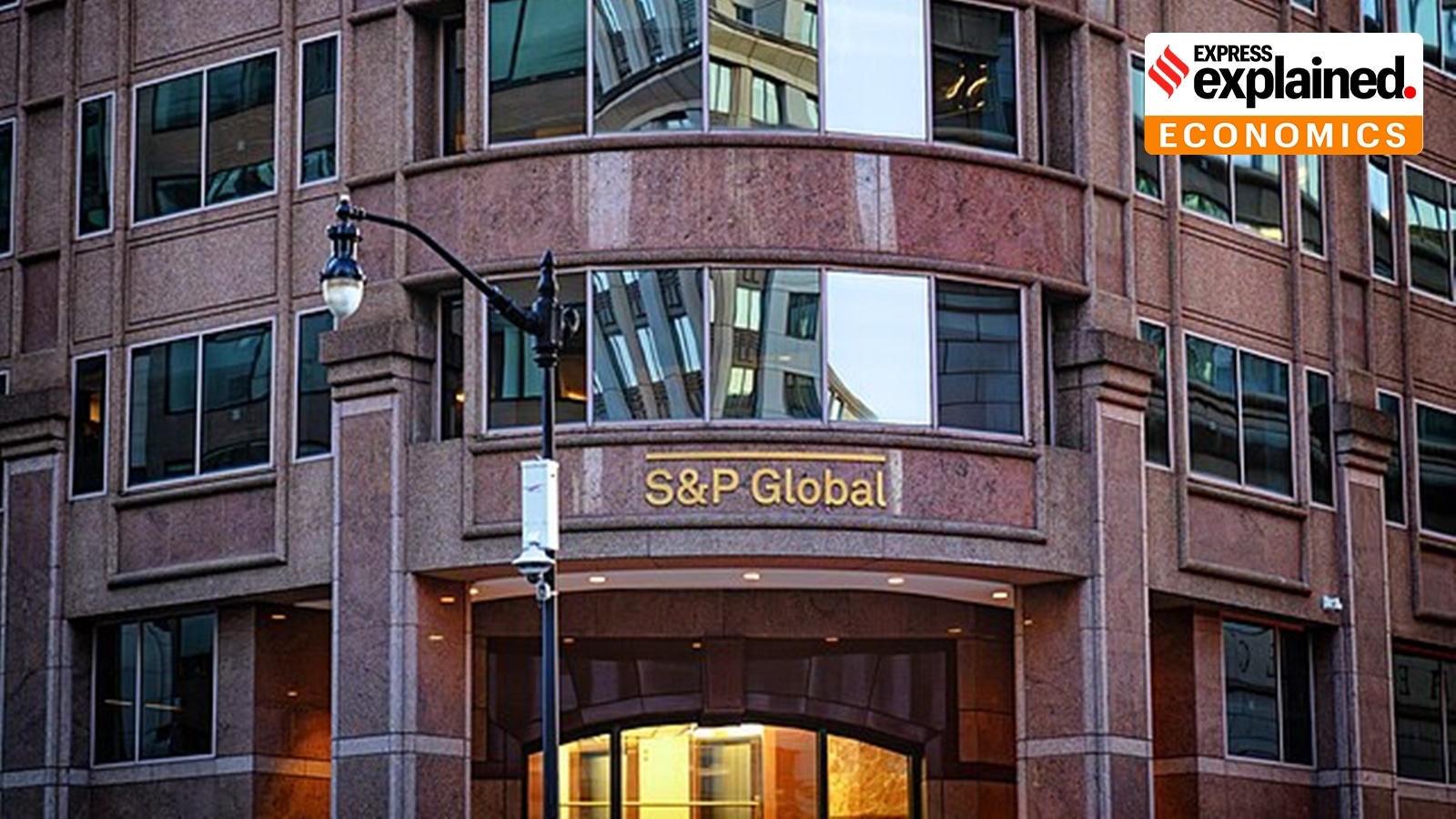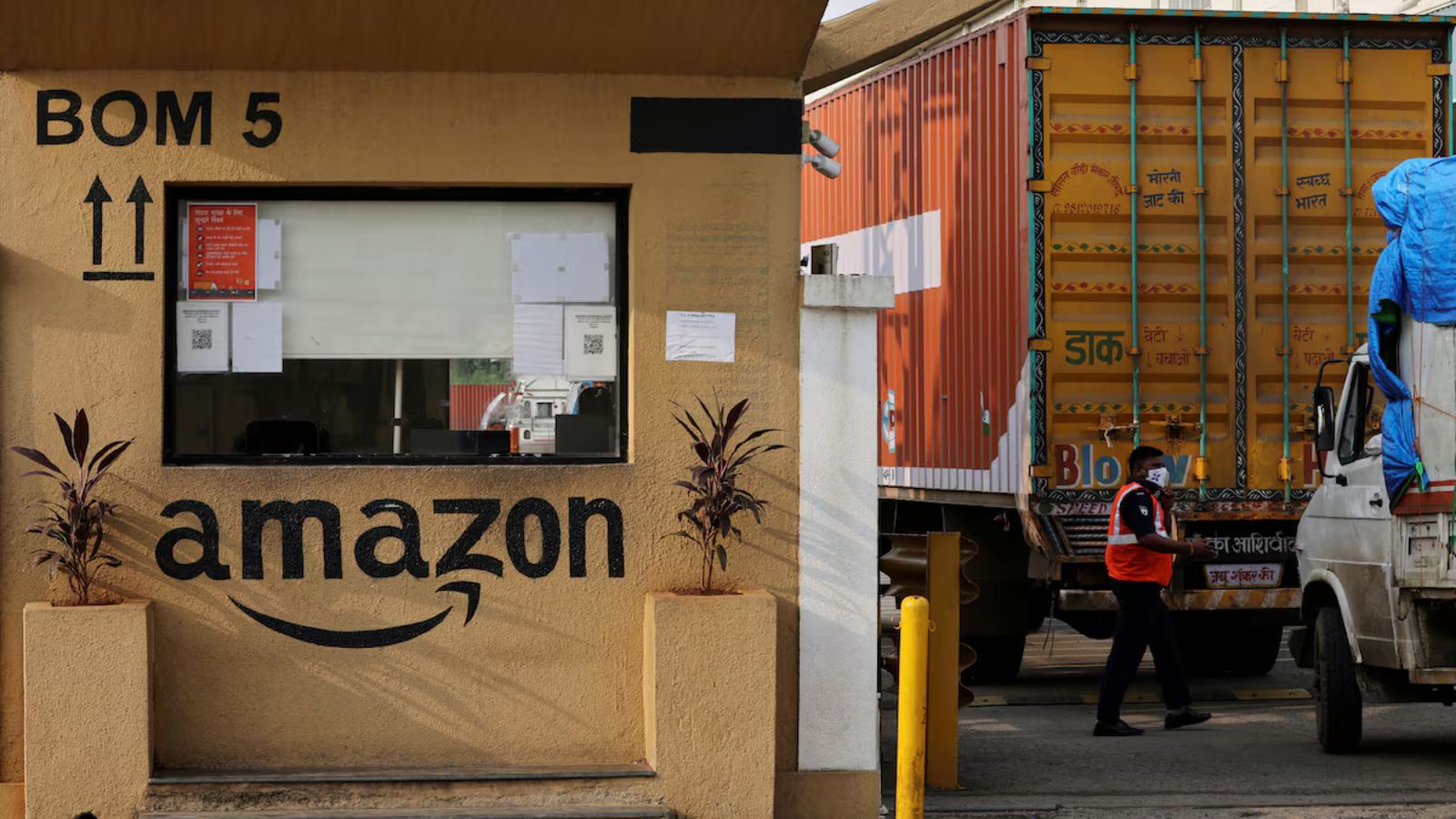SBI & Others Slash MCLR: What It Means for You

Public sector banks in India, including the State Bank of India (SBI), Bank of Baroda (BoB), and Indian Overseas Bank (IOB), have recently reduced their marginal cost of funds-based lending rates (MCLR) by up to 35 basis points. This decision comes after the Reserve Bank of India (RBI) made a cumulative cut of 100 basis points in the repo rate to 5.5% earlier this year.
SBI, being the largest lender in the country, has adjusted its MCLR by 5 basis points, effective from August 15. The bank has revised its overnight and one-month MCLRs to 7.90% each, down from 7.95%. Most corporate loans are linked to the one-year MCLR, which has now been set at 8.75%, reduced from 8.80%. Similarly, the two-year and three-year MCLRs are now at 8.80% and 8.85%, respectively.
Bank of Baroda has made a more significant cut, lowering its one-month MCLR by 35 basis points to 7.95% from 8.30%, effective August 12. Its revised six-month MCLR stands at 8.65%, and the one-year MCLR has been adjusted to 8.80%. Additionally, the overnight and three-month MCLRs have been reduced by 15 basis points to 7.95% and 8.35%, respectively.
Indian Overseas Bank has also joined in on the MCLR reductions. The bank has cut its rates by 10 basis points across all tenors, with the one-year MCLR now at 8.90% and the six-month MCLR at 8.70%. The new interest rates for the one-month and three-month MCLRs stand at 8.30% and 8.45%, respectively. Bank of India has also revised its one-year MCLR by 10 basis points to 8.90%, effective from August 1.
This adjustment in MCLR rates is a direct result of the RBI's policy changes aimed at enhancing monetary policy transmission. The median one-year MCLR of scheduled commercial banks has moderated to 8.75% in July from 9.05% in February. This reduction is expected to ease borrowing costs for consumers and businesses alike, potentially stimulating economic growth.
Introduced in April 2016, MCLR is the minimum interest rate below which banks cannot lend. The RBI also introduced the external benchmark-based lending rate (EBLR) in October 2019, linking it to the repo rate. This means that any change in the repo rate is immediately reflected in loans linked to EBLR, making it crucial for borrowers to stay updated on these developments.











